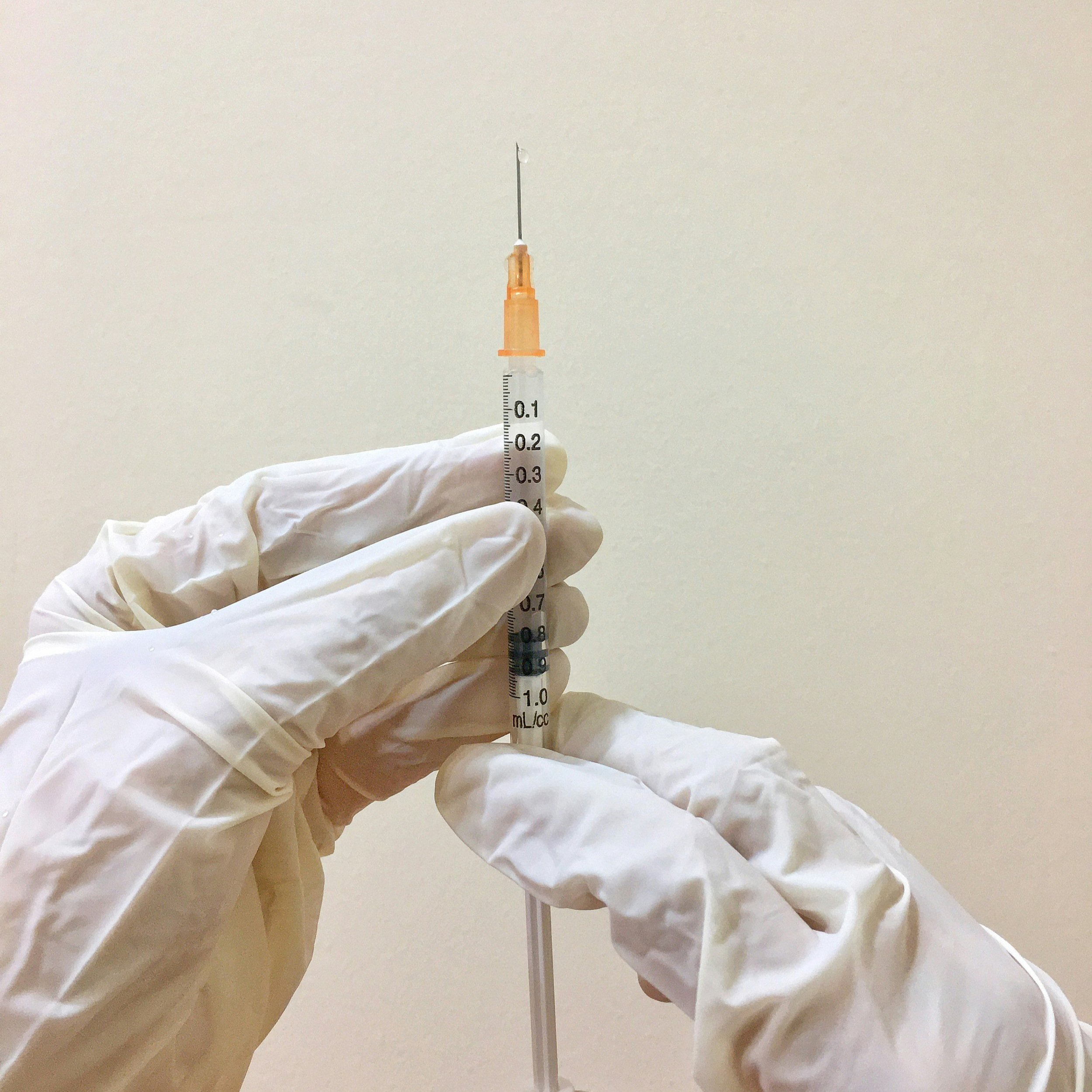The Truth About GLP-1 Receptor Agonists
GLP-1 receptor agonists, often referred to as GLP-1s, have gained significant attention for their role in managing type 2 diabetes and promoting weight loss. However, it's crucial to understand both the benefits and limitations of these medications. This article aims to separate the hype from the reality.
What are GLP-1 Receptor Agonists?
GLP-1s are a class of medications that mimic the effects of glucagon-like peptide-1, a naturally occurring hormone that regulates blood sugar and appetite. They work by:
Increasing insulin release: GLP-1s stimulate the release of insulin when blood sugar is high, helping to regulate blood glucose levels
Suppressing appetite: They also slow gastric emptying, leading to a feeling of fullness and reduced appetite, contributing to weight loss
Benefits of GLP-1 Receptor Agonists
Effective for weight loss: GLP-1s have proven highly effective in promoting clinically significant weight loss in individuals with type 2 diabetes and obesity
Improved blood sugar control: They significantly improve blood sugar management in individuals with type 2 diabetes
Cardiovascular benefits: Some studies suggest they may offer cardiovascular benefits, although more research is needed

Limitations and Considerations
Side Effects: Common side effects include nausea, vomiting, diarrhea, and constipation. These side effects are usually mild and transient but can be severe in some cases
Cost: GLP-1s are often expensive and may not be accessible to everyone
Not a Cure-All: GLP-1s are a valuable tool for managing type 2 diabetes and obesity, but they are not a cure. Lifestyle changes, including diet and exercise, are essential components of effective long-term management
Potential Risks
Rare but serious side effects include pancreatitis and gallbladder problems
The Reality Check
GLP-1 receptor agonists are powerful medications that can significantly benefit individuals struggling with type 2 diabetes and obesity. However, they are not a magic bullet. They should be used under the guidance of a healthcare professional who can assess individual risks and benefits. Lifestyle modifications remain essential for long-term success in managing these conditions.
Interested in learning more about GLP-1s or exploring if they're right for you?
Consult your doctor or healthcare provider to discuss your individual needs and the potential risks and benefits. Remember to always consult with a healthcare professional before starting any new medication or treatment. If you’re interested in beginning an effective strength training program in conjunction with proper nutrition while you’re starting or taking GLP, reach out to me! I’d be more than happy to help you figure out what the appropriate program for you would be, especially if you don’t want to lose muscle mass.
**This information is intended for educational purposes and does not constitute medical advice.

Follow Amanda Hart for free fitness tips





































